Sirtuins: Benefits and How to Activate Them (2023)
In this article, you will learn what sirtuins are. You will understand how sirtuins impact mitochondria and aging. You will understand the benefits and drawbacks of sirtuins. I will share my top natural strategies to activate the healthy expression of sirtuins.

What Are Sirtuins
Sirtuins are a family of proteins. They serve as metabolic sensors and help to regulate cellular homeostasis and cellular health. Sirtuins are only able to function with the help of nicotinamide adenine dinucleotide, or NAD+.
NAD+ is a coenzyme located in all your living cells and is essential to cellular metabolism and a list of other important biological processes. They break down acetyl from NAD+ to make free nicotinamide, or NADH to allow it to function for a longer time. In a healthy body, there needs to be a balance between the oxidized and reduced forms of nicotinamide, referred to as the NAD+/NADH ratio. This ratio provides a clue to the nutritional status of each cell so sirtuins know what to do to achieve balance.
NAD+ is necessary for both energy metabolism and DNA repair and sirtuins are there to make sure that there are enough NAD+ coenzymes available in your body. According to research, including a 2013 study published in the Journal of Leukocyte Biology and a 2010 study published in the Journal of Neuroscience, sirtuins help to regulate inflammation, immune response, DNA transcription, apoptosis, aging, and reaction to caloric restriction (1, 2).
Sirtuins also play an important role in mitochondrial biogenesis, circadian rhythms, and cellular stress response to both oxidative and genotoxic stress. In a healthy body, sirtuins help to keep your body healthy and support a long lifespan.

How Sirtuins Impact Mitochondria and Aging
Sirtuins can have a serious impact on both mitochondrial health and aging. They can help to increase longevity, cellular autophagy, and mitochondrial function. A 1999 study published in Genes Development has discovered the overexpression of the SIRT2 gene in yeast can increase lifespan by 70 percent (3). According to a 2007 review published in Cold Spring Harbor Symposia on Quantitative Biology, sirtuin genes offer anti-aging benefits in a variety of species, including roundworms, fruit flies, and yeast (4).
According to a 2012 animal study on male mice published in Nature, the overexpression of the SIRT6 gene may increase their lifespan by up to 15 percent (5). A 2006 study published in Cell has found corresponding results by discovering that deficiencies in SIRT6 may accelerate the aging process in mice (6). The anti-aging effects of SIRT6 may be the result of anti-cancer benefits.
A 2010 study published in the Archives of Biochemistry and Biophysics has found that SIRT1 may help to activate DNA repair proteins and support cellular repair (7). According to a 2008 study published in Cancer Cell, SIRT1 can support DNA damage recovery by helping to repair the double helix of the DNA (8).
According to a 2008 study published in the Proceedings of the National Academy of Sciences, SIRT1 also plays an important role in cellular autophagy by deacetylating autophagy genes (9). SIRT1 also supports mitochondrial autophagy, the detoxification of old cells, and cellular renewal. The effectiveness of sirtuins, however, may depend on cellular and mitochondrial health.
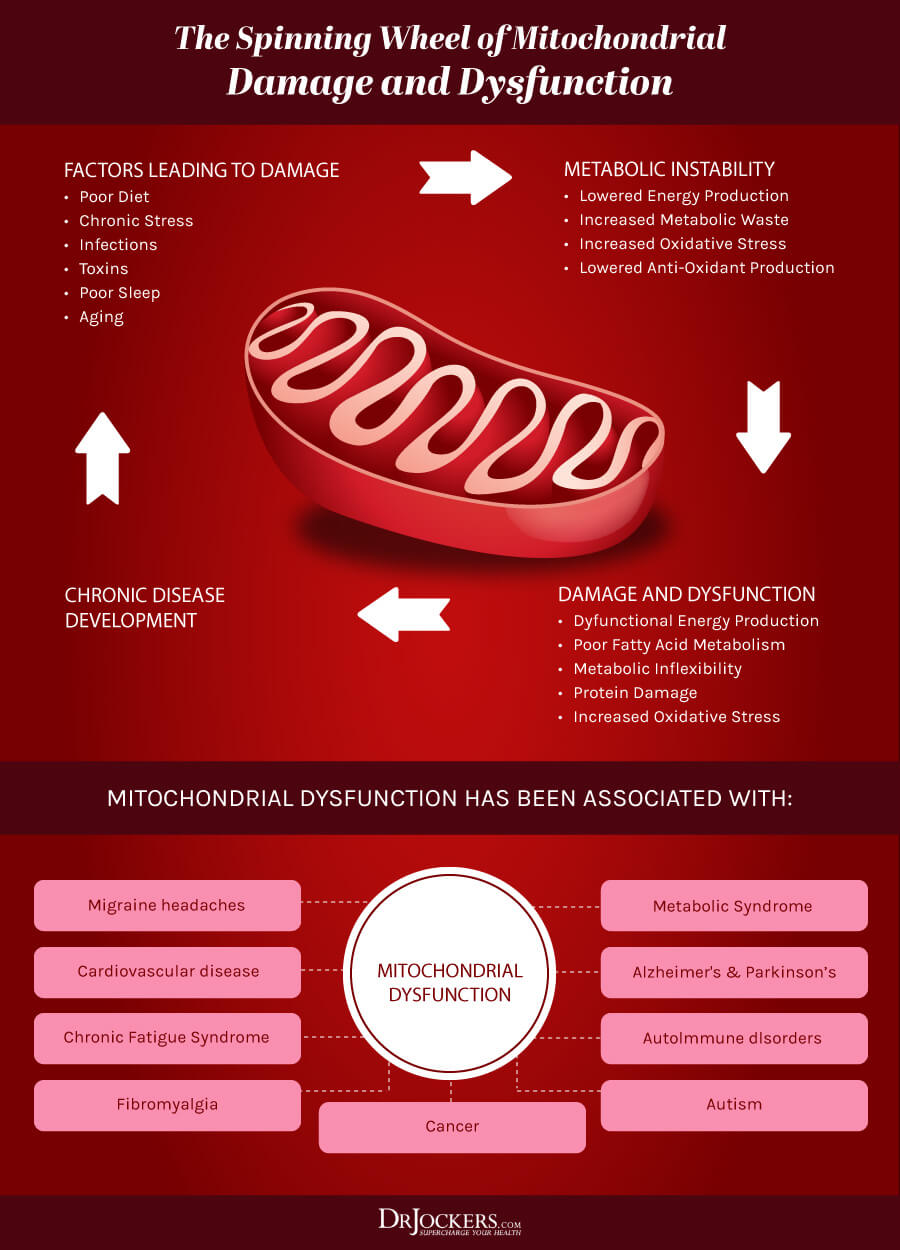
Benefits of Sirtuins
According to a 2012 study published in the National Review of Molecular and Cellular Biology, sirtuins help to regulate fat and glucose metabolism, cellular and energy homeostasis, and increased lifespan (10). However, there are different types of sirtuins with different benefits. Let’s break it down.
SIRT1
SIRT1 offers the most science-backed benefits for your health. A 2017 study published in the International Journal of Molecular Medicine has found that SIRT1 is required for and supports mitochondrial biogenesis (11). According to a 2013 study published in PLoS One, it helps to regulate energy metabolism and supports the activation of thyroid T3 hormone (12).
According to a 2011 study published in Current Pharmaceutical Design, with the help of fasting, it may offer protection against neurodegenerative diseases, including Alzheimer’s disease and Parkinson’s disease (13).
A 2007 study published in Nature has found that it may help the treatment of insulin resistance and diabetes (14). According to a 2017 study published in Frontiers in Endocrinology, SIRT1 may help to reduce the risk of age-associated weight-gain by supporting leptin sensitivity (15).
According to a 2011 study published in Hepatology, it may help to support liver function and body homeostasis (16). Lastly, a 2010 study published in Biochemical and Biophysical Research Communications, SIRT may help human embryonic stem cell differentiation (17).

SIRT2
A 2012 study has found that SIRT2 may help to lower mitochondrial activity and fatty acid metabolism (18). It may help to support metabolism and reduce the risk of obesity.
SIRT3
A 2011 review published in Molecular Cell, SIRT3 may help to fight and reduce the risk of oxidative stress (19). According to a 2011 study published in Biochemical Journal, low levels of SIRT3 may be linked to insulin resistance and fatty liver disease (20).
SIRT4
A 2013 study published in Cancer Cell has found that SIRT may offer tumor-suppressive benefit (21). It may discourage mitochondrial glutamine metabolism and as a result, help to modulate metabolic response to DNA damage. According to a 2006 study published in Cell, SIRT4 may also help to reduce insulin secretion (22).
SIRT5
According to a 2006 study published in Cell, SIRT5 may help mitochondrial metabolism and ammonia detoxification and removal (22). A 2010 review published in Trends in Biochemical Sciences has found that SIRT6 helps to support genome stability and DNA repair. Low levels of SIRT6 may result in metabolic problems and age-related health issues (23).
SIRT6
A 2010 review published in Trends in Biochemical Sciences has found that SIRT6 helps to support genome stability and DNA repair. Low levels of SIRT6 may result in metabolic problems and age-related health issues (23).
SIRT7
A 2006 study published in Cell, has found that SIRT7 is important for both rDNA transcription and DNA repair mechanisms (22)
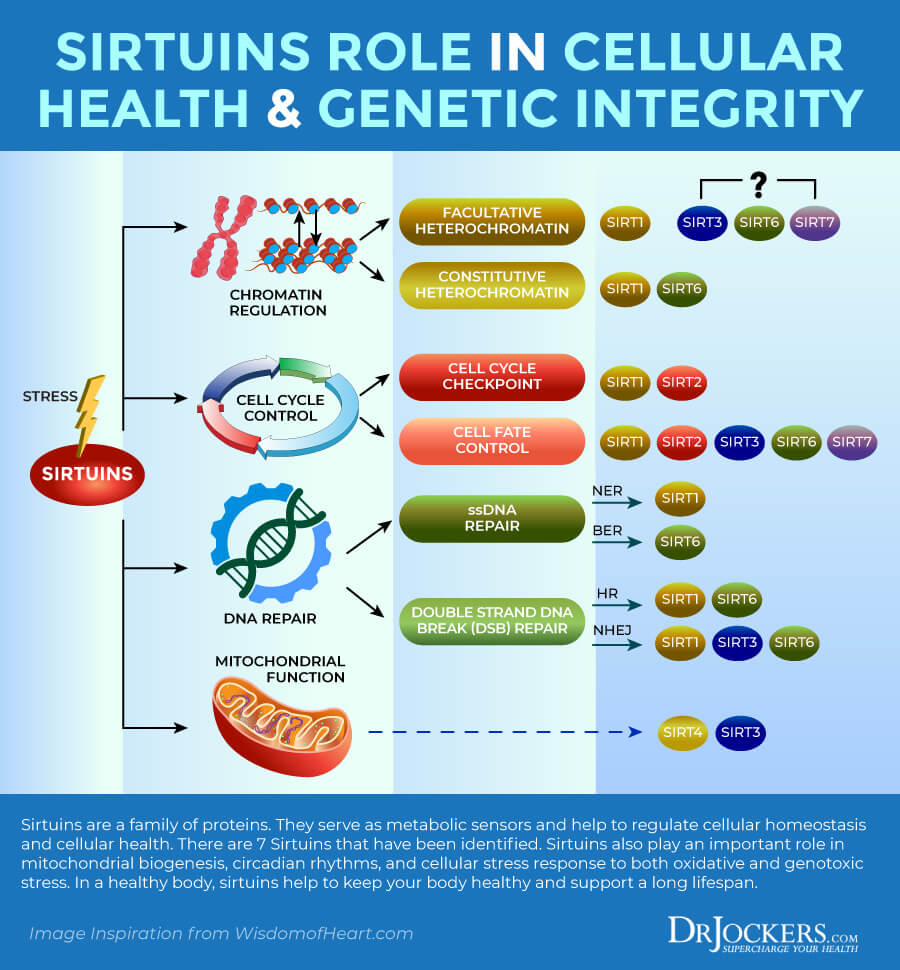
Downsides of Sirtuins
High levels of sirtuins are not always good. There are some downsides to sirtuins. The key message here is that we need balanced activation that is optimized for the environmental conditions we are living in.
SIRT1
According to a 2015 study published in The Journal of Experimental Medicine, SIRT1 may increase inflammation in multiple sclerosis and autoimmune issues (24). According to a 2011 study published in the Annals of Rheumatic Diseases, SIRT1 may lead to increased cytokine production in rheumatoid arthritis (25).
While a 2008 study published in Cell has found that SIRT1 may suppress tumors and helps DNA repair, a 2009 study published in Cancer Research has found that overexpression of SIRT1 may cause cancer (26, 27). Whether SIRT1 contributes to or stops cancer may lie in both autophagy and the survival effects of sirtuins.
SIRT2
A 2011 study published in the Proceedings of the National Academy of Sciences of the United States of America has found that SIRT2 is necessary for the myelination and regeneration of nerve cells (28). On the other hand, according to a 2011 study published in Human Molecular Genetics, excess SIRT2 may accumulate in neurons of the aging central nervous system (CNS) that may contribute to age-related brain issues (29).

How to Activate Healthy Expression of Sirtuins
While overexpression of sirtuins can have some drawbacks, overall, it seems that increasing sirtuins without overexpression can support your health and longevity in most cases. Here is how to activate the healthy expression of sirtuins.
Real Food Keto Diet
A ketogenic diet is a diet that’s very low in carbohydrates (5 to 10 percent), high in fats (65 to 75 percent), and offers moderate amounts of proteins (15 to 30 percent). A 2015 study published in Biogerontology has found that restricting glucose leads to increased NAD+ and sirtuin activity and as a result, may help to extend the lifespan of human fibroblast cells (30). Eating a ketogenic or keto diet is one of the best ways to restrict glucose. According to a 2013 research published in Frontiers in Aging Neuroscience, ketosis and ketones support sirtuin activity (31).
On the other hand, a 2012 animal study published in IUBMB Life has found that a ketogenic diet supports mitochondrial function and increases brown fat production, however, reduces SIRT3 levels (32). It seems that overall, because of its low glucose levels, the ketogenic diet supports sirtuin production and function and also supports metabolic function.
When following a ketogenic diet, it is important that you follow a real food keto diet. While keeping to strict macronutrient ratios and a very low-carb diet, dirty keto is low in nutrients. It is important that you go beyond following the macronutrient principles of keto eat a nutrient-dense diet with whole foods. You can learn more about the difference between dirty keto and real food keto in this article. Here are some foods you should include in a real food keto diet.

Polyphenol Rich Foods
According to a 2013 study published in the Journal of Nutrition, eating a diet high in polyphenols is linked to longevity and may decrease mortality in older adults (33). Researchers found a 30 percent reduced overall mortality in people who ate a diet rich in polyphenols (650 mg/day or more).
Foods that are high in polyphenols include bitter vegetables, olive oil, berries, coffee, green tea, dark chocolate, ginger, and turmeric. Consuming these foods and herbs can help your body have balanced and optimized sirtuin activation.
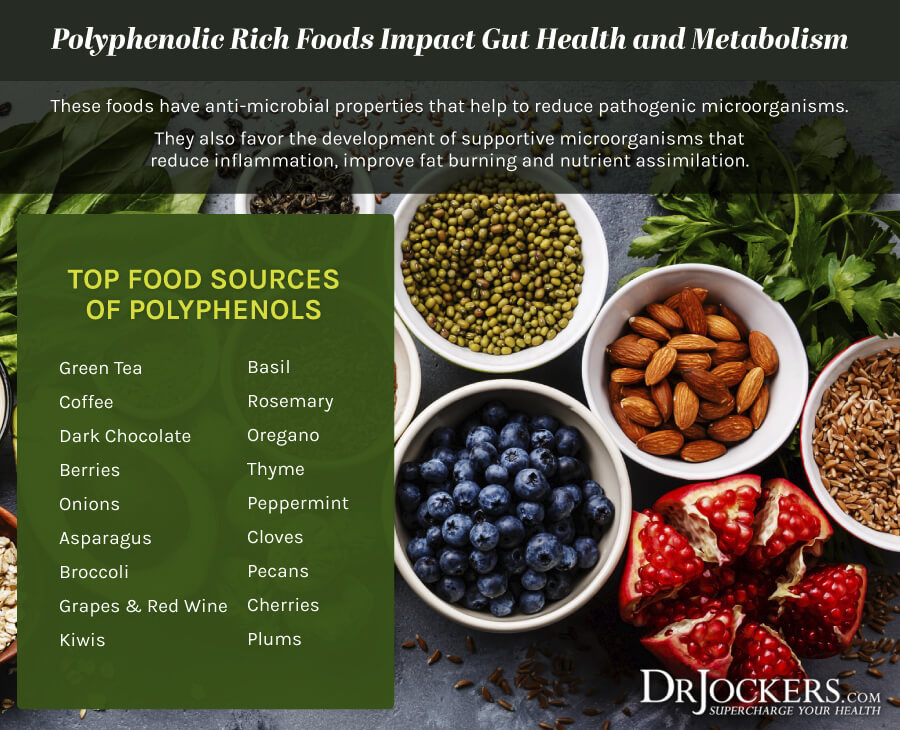
Zinc Rich Foods
Zinc is a very important nutrient that helps to keep your immune system strong. According to a 2016 study published in PLoS One, zinc may also increase both mean and maximum lifespan by supporting various longevity pathways (34).
Keto-friendly foods that are rich in zinc include shellfish, red meat, grass-fed dairy, eggs, nuts, seeds, spinach and kale, You can learn more about the benefits and importance of zinc here.

Omega-3 Rich Foods
Omega-3 fatty acids are very important healthy fats that help reduce chronic inflammation. According to a 2013 study published in Aging (Albany, NY), omega-3 fish oil supplements help to lower inflammation and oxidative stress and as a result, may increase lifespan and decrease age-related diseases (35).
Foods that are rich in omega-3 fatty acids include wild-caught fish and seafood, algae, flax seeds, chia seeds, hemp seeds, walnuts, and flaxseed oil. You can learn more about omega-3 and omega-3 foods from this article.

Niacin Rich Foods
Niacin or vitamin B3 is very important for brain and mental health among other functions. A 2013 study published in Nature Chemical Biology has found that niacin supports energy metabolism and lifespan (36). Niacin is what forms NAD and nicotinamide adenine dinucleotide phosphate (NADP) and nicotinamide mononucleotide (NMN).
Foods that are high in niacin include liver, other organ meats, grass-fed red meat, pasture-raised poultry, wild-caught fish, nutritional yeast, grass-fed dairy, algae, seaweed, and mushrooms. You can learn more about niacin by reading this article here.

Vitamin D Rich Foods
Vitamin D is one of the most important vitamins that’s essential for immune, bone, muscle, dental, brain, and mental health. According to a 2016 article published in Cell Reproduction, vitamin D supports a healthy stress response, protein homeostasis, and longevity (37).
Foods that are rich in vitamin D include oily fish, liver, organ meats, red meat, and egg yolks. You can learn more about vitamin D by reading this article.
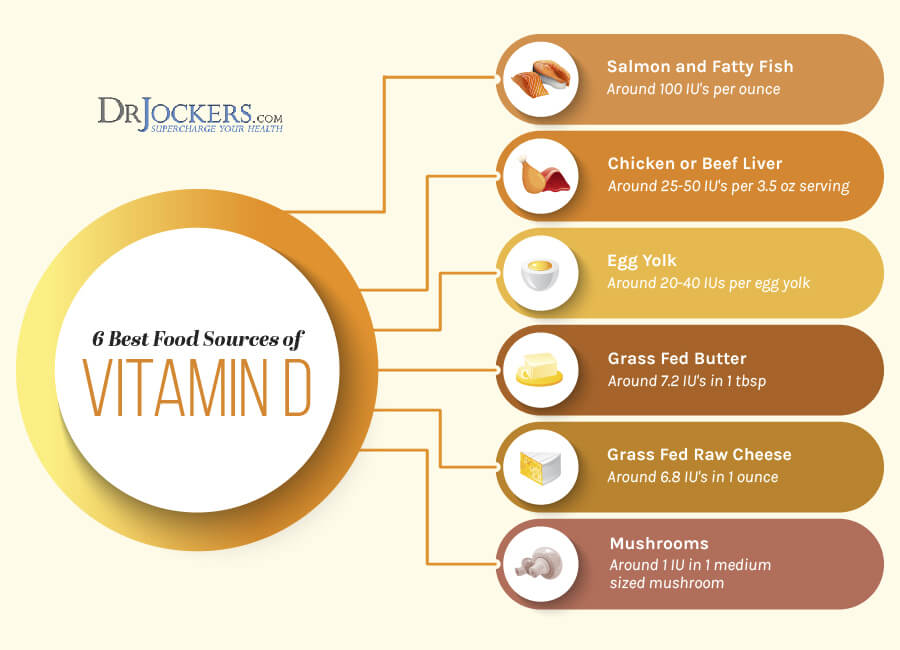
Intermittent Fasting
A 2012 study published in the Journal of Cell Biology has found the caloric restriction and fasting may help to improve SIRT2 and deacetylate various mitochondrial proteins (38). It is important to note that we are talking about calorie reduction without resulting in malnutrition. Practicing fasting or calorie restriction while still meeting nutritional needs and not getting malnourished is an effective way to reduce inflammation, prevent disease, and increase lifespan.
According to a 2009 animal study on rhesus monkeys published in Science, caloric reduction without malnutrition can lower mortality (39). A 2015 review published in Aging Research Reviews has found that caloric restriction may improve stress response, reduce age-related disease, support metabolism, and reduce the aging process (40).
According to a 2005 study, the longevity benefits of caloric restriction and fasting requires SIRT1 to draw the connection between fasting, sirtuins, and longevity (41). Sirtuins are a part of the cellular signaling for the process of autophagy in which the cells clear out damaged proteins.
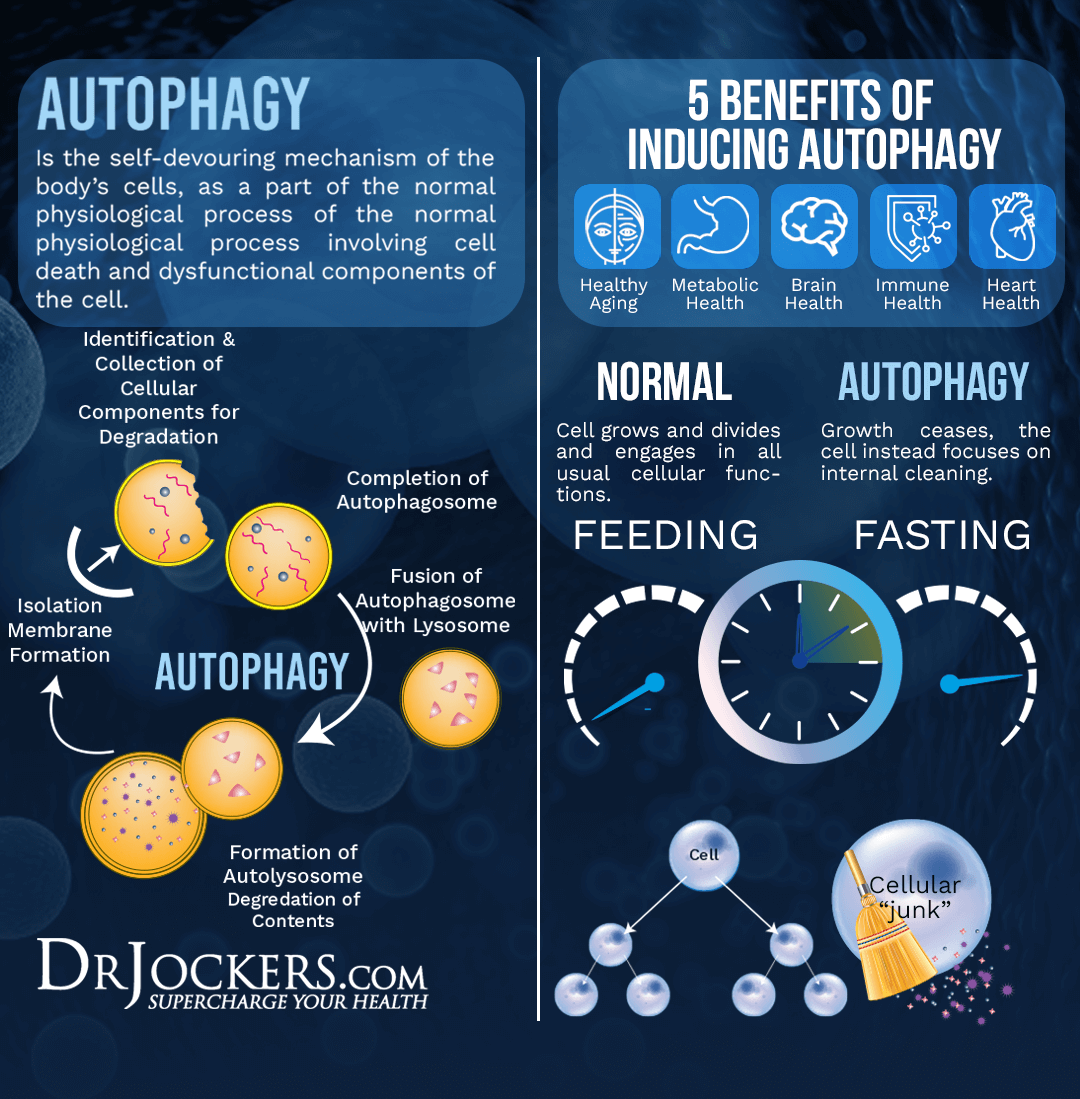
How to Practice Intermittent Fasting
Intermittent fasting is just one form of fasting you can practice. This form of fasting cycles between a period of fasting (not eating) and feasting (eating) within a day. If you are new to intermittent fasting, I recommend that you start with the Simple Fast. This beginner-friendly intermittent fasting method involves 12 hours of fasting including your overnight sleep.
After your 6 pm dinner, stop eating. You will be ready to eat your breakfast, 12 hours later at 6 am. Gradually increase your fasting window. You will likely find it easy to push breakfast to 7 or 8 am, and eventually to 9 or 10 am. Most people find the 16:8 method (16 hours of fasting and an 8-hour window for eating) the most beneficial, however, listen to your body. To learn more about intermittent fasting, I recommend reading this article.
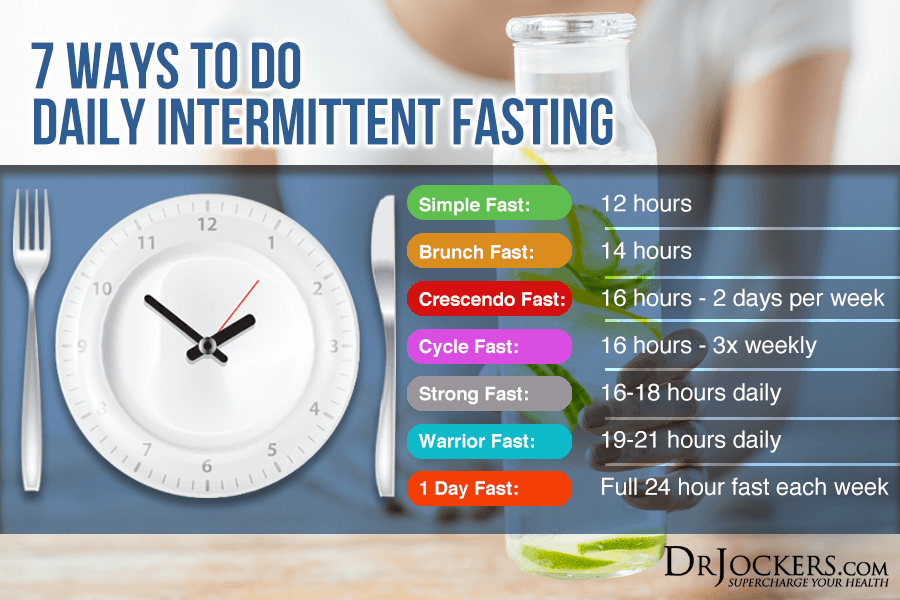
Extended Fasting and Partial Fasting
Intermittent fasting is not the only way to experience the benefits of fasting on sirtuins (38, 39, 40, 41). If you are experienced with intermittent fasting, I recommend trying an extended fast. An extended fast means that you are fasting for an extended period of type. It may only be for a day if you are new, or 2 to 3 days, 5 to 7 days. During this time, all you are consuming is non-caloric beverages, such as purified water and herbal tea. You may learn more about extended fasting in this article.
If you are not quite ready to give food up completely but want to give a break to your digestion and support cellular repair, I recommend partial fasting. There are a variety of partial fasts out there. The Bone Broth Fast and Green Juice Fasting involve drinking high-nutrient liquids – bone broth or green juices respectively – to nourish your cells while taking a break from food.
The Fasting Mimicking Diet® or FMD® focuses on caloric restriction for a period of time following a very specific plan. Keto or Fat Fasting combines the benefits of the ketogenic diet and partial fasting.
The Daniel Fast is a 10 to 21 day fast following a nutrient-dense, plant-based diet based on Biblical principles. No matter which partial fasting method speaks to you, you can experience the sirtuin-supporting benefits of fasting and caloric restriction. To learn more about these partial fasting strategies, I recommend reading this article.

Feast/Famine Cycling
When we talk about fasting, we tend to focus on the ‘not eating’ part and forget about our nutrition. As you’ve learned, research has found that while fasting can benefit sirtuins, it is important that you don’t become malnourished (38, 39, 40, 41).
It is important that you nourish your body with nutrient-dense foods, including greens, vegetables, herbs, spices, low-glycemic index fruits, healthy fats, grass-fed beef, pasture-raised poultry and eggs, and wild-caught fish during your feasting window. To learn more about feast/famine cycling, I recommend reading this article.

Regular Movement and Exercise
Movement and exercise are incredibly important for your health, including for improving sirtuins and longevity. According to a 2009 study published in Mechanisms in Aging and Development, exercise offers anti-inflammatory and antioxidative benefits and can increase SIRT1.
SIRT1 can support the long-term benefits of exercise (42). According to a 2011 study published in Molecular Cell, cycling-AMP (cAMP) pathways, which are activated during high-energy demands, such as high-intensity exercise or cold-exposure, can activate SIRT1 (43).
I highly recommend any high-intensity interval training (HIIT) workouts, however, other forms of exercise can benefit your sirtuins and longevity as well. I recommend that you mix up cardiovascular, such as trampoline workouts, jogging, dancing, biking, or swimming, strength- and resistance training, such as bodyweight workouts, weightlifting, kettlebell workouts, and TRX, and low-impact workouts, such as yoga, Pilates, Tai Chi, and Barre workouts. Additionally, stay active throughout the day through walking, stretching regularly, taking a bike ride, dancing, and playing with your kids or pets.

Reduce Stress and Optimize Sleep
According to a 2013 study published in Science, sirtuins are important circadian rhythms (44). When your circadian rhythms are not balanced, SIRT1 and SIRT3 activity will drop and you will experience lower energy levels.
To reduce your stress levels I recommend that you practice meditation, breathwork, guided muscle relaxation, guided visualization, gratitude, grounding, time in nature, and mindset shifts. Consciously shift your energy from negative energy and stress as much as possible. For example, instead of refreshing the news every second, you may want to catch the highlights once a day.
Learn to shift your mindset and find the positive in everything and trust the process. Prayer can provide real guidance. Spend time with uplifting and supportive friends and family and seek a supportive community.
To support your sleep, develop a nighttime routine that relaxes you. Avoid electronics, the news, stress, food, and caffeine. Try stretching, meditation, prayer, reading, coloring, or positive conversations. Take a healing bath or sip on herbal tea. Make sure to go to bed and wake up at the same time every day to support your circadian rhythms.

Heat Exposure and Infrared Sauna Therapy
According to a 2013 dissertation at the University of Florida, heat exposure and sweating from saunas can increase NAD+ and consequently SIRT1 levels (45). This benefit from sweating may contribute to some of the benefits you experience during exercise as well. Infrared sauna is more effective than regular saunas.
While a regular sauna uses only heat from wood-burning, electricity, or steam for sweating and detoxification, an infrared sauna is a sauna that releases infrared light. Infrared light is safe and goes deeper into your body allowing you to release fat-soluble toxins, lower toxic burdens, and even enhance internal detox pathways as well. To learn more about infrared sauna, I recommend reading this article.
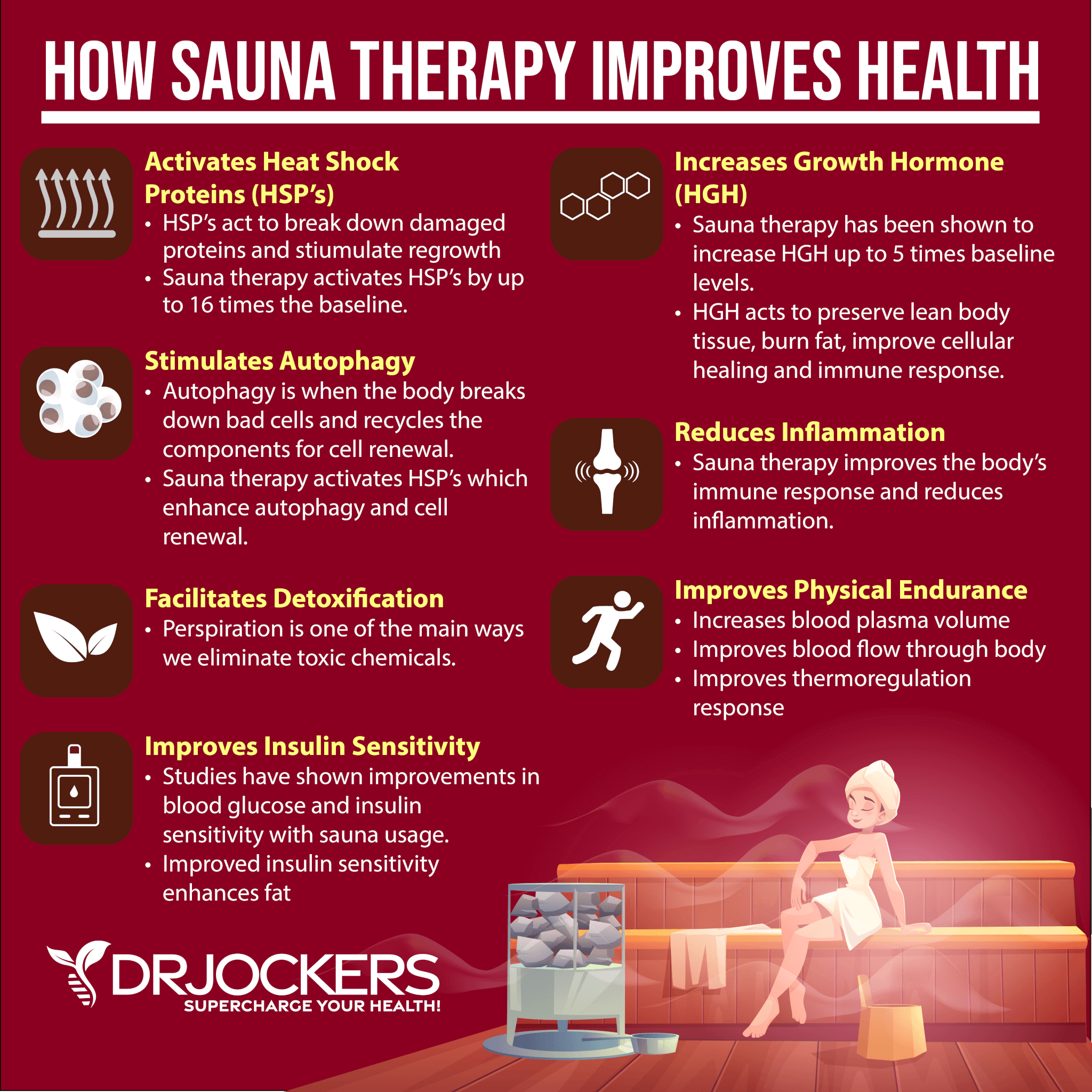
Cold Exposure and Cold Showers
Just like heat exposure, cold exposure can also help to activate sirtuins for healthy aging. A 2011 study published in Molecular Cell has found that cycling-AMP (cAMP) pathways, which are activated during high-energy demands can activate SIRT1 (43). This high-energy demand can come from cold exposure. Cold showers are a simple yet effective strategy for cold-exposure.
If you are not yet ready for a completely cold shower, you may want to finish your shower with cold water. Alternating between cold and hot can be effective as well. You can alternate between cold and hot water during your shower, finish your shower with cold water, jump into a cold pool after sitting in the sauna, or taking a cold shower after using your infrared sauna are all great ideas.

Top Supplements
Certain supplements can also help to activate and support sirtuins and increase longevity. The lifestyle strategies mentioned above are the most important factors in activating sirtuin activity but these supplements can also be helpful.
Resveratrol & Quercetin
Resveratrol is a polyphenol found in the skin of grapes, berries, and red wine. Quercetin is a flavonoid found in various plant foods, including onions, green tea, apples, berries, Ginkgo biloba. They both offer anti-inflammatory and oxidation-reducing benefits. According to a 2010 study, resveratrol helps to mimic calorie restriction, support sirtuins, reduce inflammation, and increase longevity (46).
According to a 2020 study published in Frontiers in Pharmacology, quercetin is a natural phytochemical that can help to activate SIRT1 (47).
Magnesium
Magnesium is a mineral that’s important for muscle health, nerve function, brain health, mental health, relaxation, healthy blood pressure, and immune health. According to a 2017 study published in Health, magnesium can activate the anti-aging benefits of sirtuins and may help to reverse Alzheimer’s disease and diabetes (48).
Melatonin
Melatonin is a hormone primarily released by the pineal gland that supports your circadian rhythm and sleep-wake cycle. Melatonin supplements support sleep and reduce insomnia.
According to a 2020 study published in Frontiers in Physiology, SIRT1 can help to regulate cardiac function, and melatonin can support SIRT1 activity, lower inflammation, reduce oxidative stress, and reduce the risk of obesity-related heart injury (49).










.png)
Comments
Post a Comment